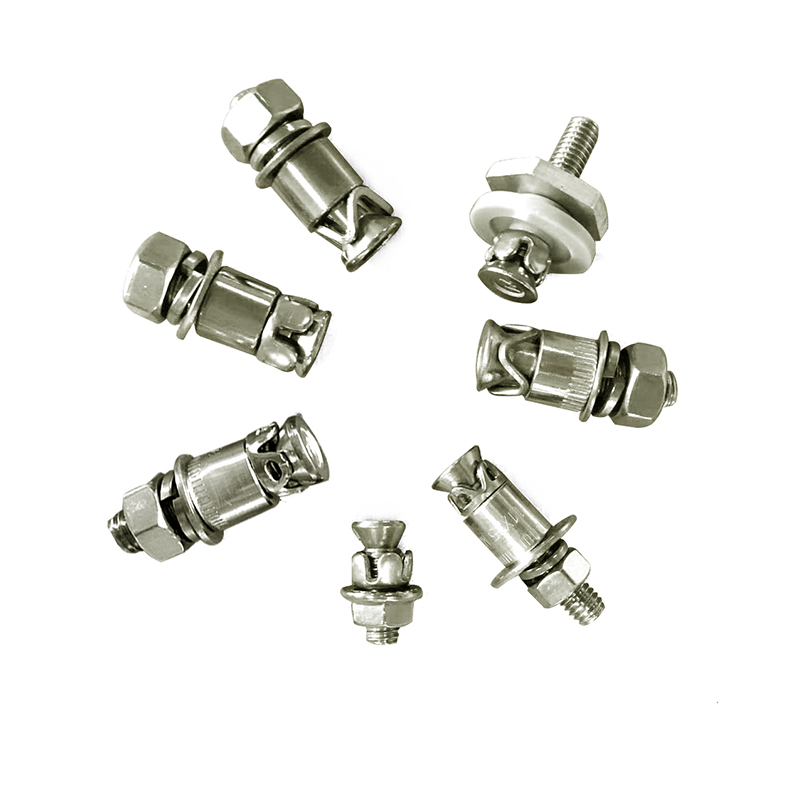-
 Tel:
Tel:+86-15996094444
-
 E-mail:
E-mail:rose@aozjs.com
INQUIRE NOW

+86-15996094444

rose@aozjs.com
INQUIRE NOW
1. Material Compatibility
The first consideration is the compatibility of the knocking - undercut anchor with the substrate material. Whether it's concrete, masonry, or other building materials, the anchor needs to bond effectively. For example, in concrete applications, different grades of concrete can have varying compressive strengths. A high - strength concrete may require an anchor with a specific design to ensure proper load - bearing capacity. If the anchor is not compatible with the substrate, it can lead to premature failure, jeopardizing the integrity of the entire structure.
2. Load - Bearing Requirements
Understanding the load - bearing requirements of the application is crucial. High - performance applications often involve significant loads, whether it's static loads from heavy machinery or dynamic loads from seismic activity. Engineers must calculate the maximum loads that the anchor will need to withstand. A knocking - undercut anchor selected for a high - load application should have a proven track record of meeting or exceeding the required load - bearing specifications. Manufacturers typically provide load - rating data, but it's essential to verify that these ratings are applicable to the specific project conditions.
3. Installation Process
The installation process of a knocking - undercut anchor can greatly impact its performance. Precise installation is key. This includes proper hole drilling, ensuring the correct depth and diameter. The use of the right installation tools is also vital. For instance, incorrect use of a hammer or an impact driver during the installation can damage the anchor or cause it to be improperly seated. Training installation crews on the correct installation procedures is an investment that pays off in the long run, as it reduces the risk of installation - related failures.
4. Environmental Conditions
Environmental conditions play a significant role in the performance of knocking - undercut anchors. In corrosive environments, such as those near the ocean or in industrial settings with chemical exposure, the anchor material must be corrosion - resistant. Stainless - steel or galvanized anchors are often preferred in such situations. Additionally, temperature variations can affect the expansion and contraction of both the anchor and the substrate. Anchors need to be designed to withstand these thermal changes without losing their holding power.
5. Code and Standard Compliance
Compliance with relevant building codes and industry standards is non - negotiable. Different regions have specific codes regarding the use of anchors in construction. These codes are in place to ensure public safety and the structural integrity of buildings. When choosing a knocking - undercut anchor for a high - performance application, it's essential to verify that the product meets all applicable codes and standards. This not only helps in passing inspections but also provides long - term reliability and peace of mind for building owners and occupants.

Contact Us